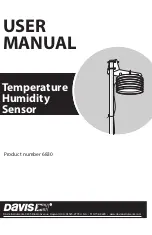
XC2200 Derivatives
System Units (Vol. 1 of 2)
Interrupt and Trap Functions
User’s Manual
5-40
V2.1, 2008-08
ICU_X2K, V2.2
5.10
Service Request Latency
The numerous service requests of the XC2200 (requests for interrupt or PEC service)
are generated asynchronously with respect to the execution of the instruction flow.
Therefore, these requests are arbitrated and are inserted into the current instruction
stream. This decouples the service request handling from the currently executed
instruction stream, but also leads to a certain latency.
The request latency is the time from activating a request signal at the interrupt controller
(ITC) until the corresponding instruction reaches the pipeline’s execution stage.
lists the consecutive steps required for this process.
Table 5-13
Steps Contributing to Service Request Latency
Description of Step
Interrupt Response
PEC Response
Request arbitration in 3 stages,
leads to acceptance by the CPU
(see
)
3 cycles
3 cycles
Injection of an internal instruction into
the pipeline’s instruction stream
4 cycles
4 cycles
The first instruction fetched from the
interrupt vector table reaches the
pipeline’s execution stage
4 cycles / 0
1)
1) Can be saved by using the interrupt jump table cache (see
).
- - -
Resulting minimum request latency
11/7 cycles
7 cycles
















































